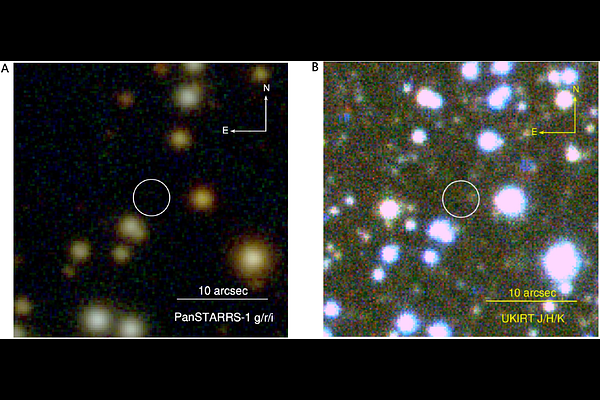A pulsar-helium star compact binary system formed by common envelope evolution

A pulsar-helium star compact binary system formed by common envelope evolution
Z. L. Yang, J. L. Han, D. J. Zhou, W. C. Jing, W. C. Chen, T. Wang, X. D. Li, S. Wang, B. Wang, H. W. Ge, Y. L. Guo, L. H. Li, Y. Shao, J. F. Liu, W. Q. Su, L. G. Hou, W. J. Huang, J. C. Jiang, P. Jiang, J. H. Sun, B. J. Wang, C. Wang, H. G. Wang, J. B. Wang, N. Wang, P. F. Wang, S. Q. Wang, H. Xu, J. Xu, R. X. Xu, W. M. Yan, Y. Yan, X. P. You, D. J. Yu, Z. S. Yuan, C. F. Zhang
AbstractA stellar common envelope occurs in a binary system when the atmosphere of an evolving star expands to encompass an orbiting companion object. Such systems are predicted to evolve rapidly, ejecting the stellar envelope and leaving the companion in a tighter orbit around a stripped star. We used radio timing to identify a pulsar, PSR J1928+1815, with a spin period of 10.55 ms in a compact binary system with an orbital period of 3.60 hours. The companion star has 1.0 to 1.6 solar masses, eclipses the pulsar for about 17% of the orbit, and is undetected at other wavelengths, so it is most likely a stripped helium star. We interpret this system as having recently undergone a common envelope phase, producing a compact binary.